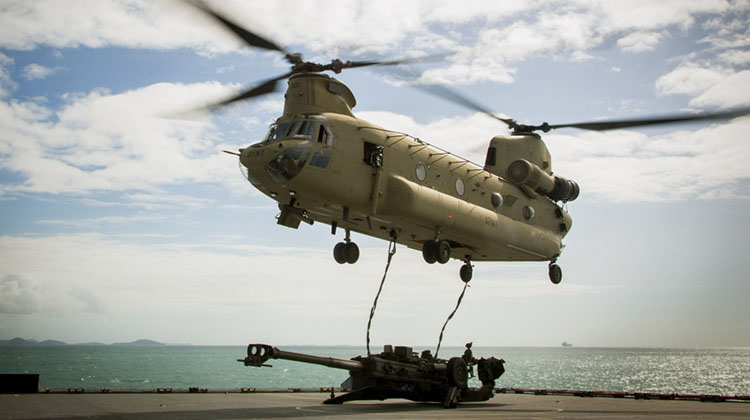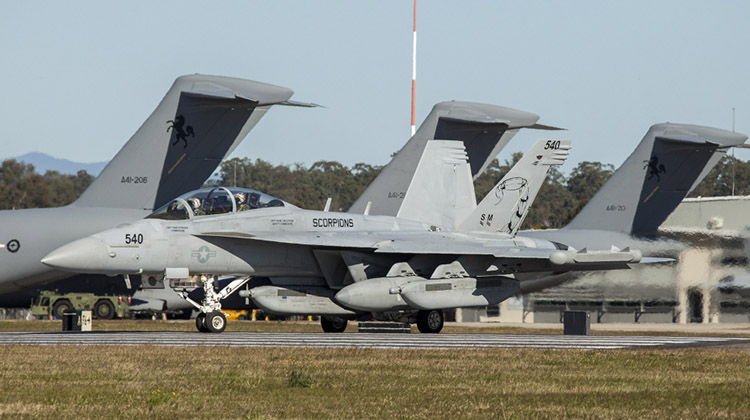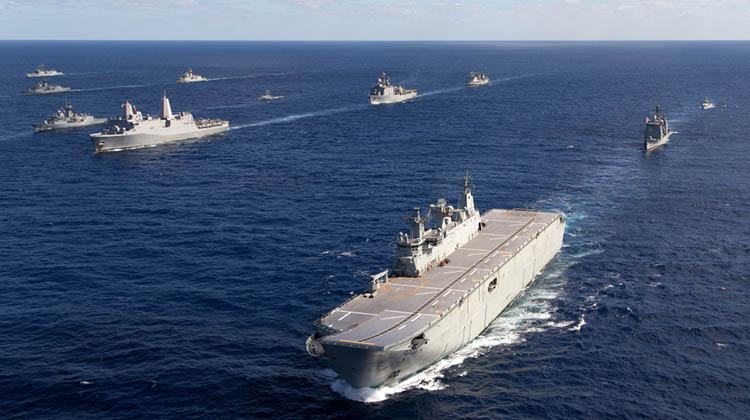
Exercise Talisman Saber 2017 has culminated with an amphibious landing onto the central Queensland coast, with troops bought to shore by landing craft and helicopters from an expeditionary strike group led by the USS Bonhomme Richard and including the Royal Australian Navy amphibious assault ship HMAS Canberra.
The land battle phase of Exercise Talisman Saber 2017, centred around the Shoalwater Bay Training Area in Central Queensland, began on Thursday July 13 with the largest amphibious landing by Australian troops since the World War 2, Defence said, with 2nd Battalion, Royal Australian Regiment troops transported ashore from an Amphibious Readiness Element including HMAS Canberra, HMAS Choules and HMNZS Canterbury.
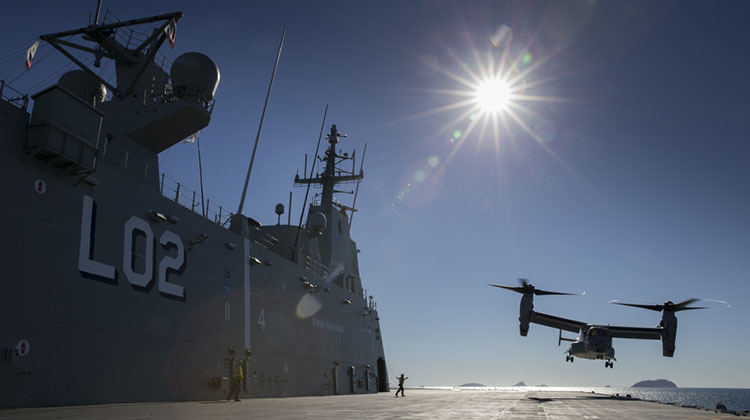
Amphibious landings were also made by US Marines from the 31st Marine Expeditionary Unit while airborne soldiers from the US, Canada and Australia parachuted into Shoalwater Bay from six RAAF and USAF C-17 Globemaster aircraft that had crossed the Pacific from Alaska. Once ashore they reinforced positions held by the Australian Army’s 3rd Brigade, the US Army’s 25th Infrantry Division and Japanese, Canadian and New Zealand troops.
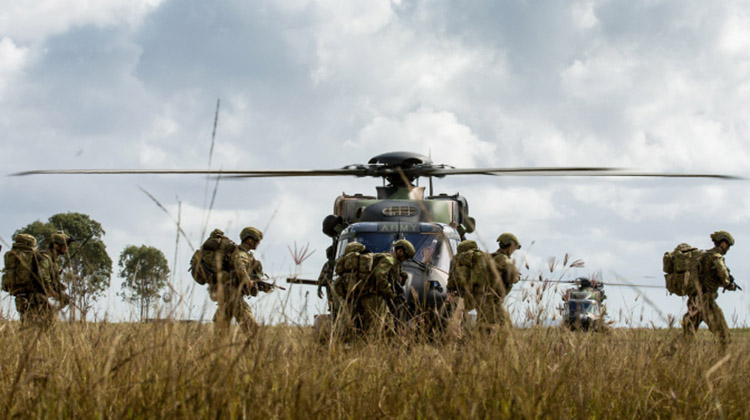
“For Australia, this was a unique opportunity to lead an amphibious ready group in landing a significant number of troops from the 2nd Battalion, the Royal Australian Regiment ashore to advance on the enemy,” Deputy Chief of Joint Operations Major General Bilton said in a statement.
“These waves of amphibious forces landing along a very large geographic area along the north-east Australian coastline proved the advantage to be gained from having a well-trained and capable amphibious capability.”
The landings were supported by a carrier strike group led by the USS Ronald Reagan.
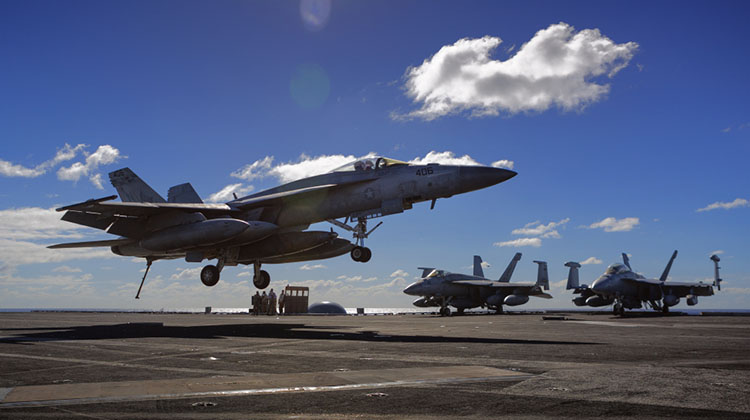
In all 33,000 service personnel, 33 ships and 200 aircraft from Australia, the US, New Zealand, Japan and Canada participated in Talisman Saber 2017.
Participating aircraft included RAAF Super Hornets, Growlers, KC-30s, C-130Js and C-17s, Australian Army MRH 90, CH-47F Chinook and Tiger ARH helicopters, US Navy Super Hornets and Growlers, US Marine Corps AV-8B Harriers, MV-22 Ospreys and CH-53E, AH-1W and UH-1Z helicopters, US Army AH-64 Apache and UH-60M Black Hawk helicopters and MQ-1C Grey Eagle UAVs, US Air Force C-17s, KC-10s and B-1Bs, and RNZAF C-130H Hercules and NH90 and RNZN SH-2G Seasprite aircraft.
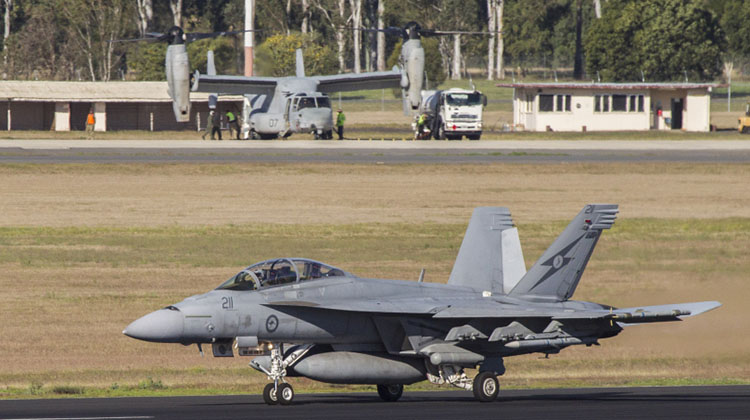
“Conducting training with our American counterparts on a tactical level is integral to ensuring that together we remain combat ready,” Air Commodore Joe Iervasi, Commander Air Warfare Centre, said in a separate statement.
“This exercise and others like it demonstrate our commitment to continuing to hone our skills as a combined force.”
Seven hundred personnel are continuing to participate in a Talisman Saber Command Post Exercise (CPX) to evaluate lessons learned.
